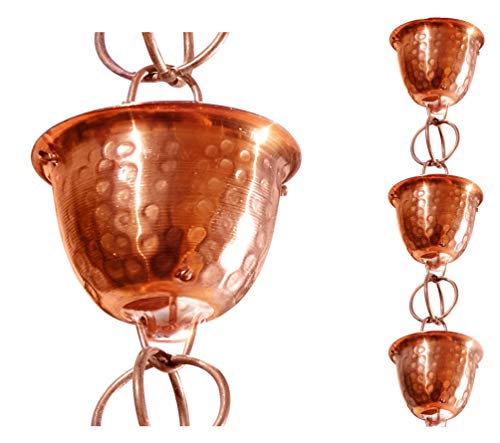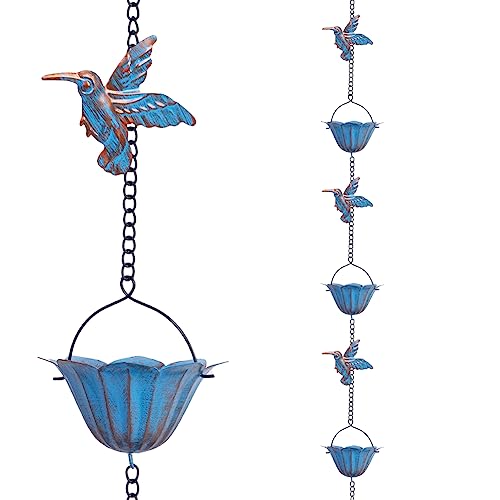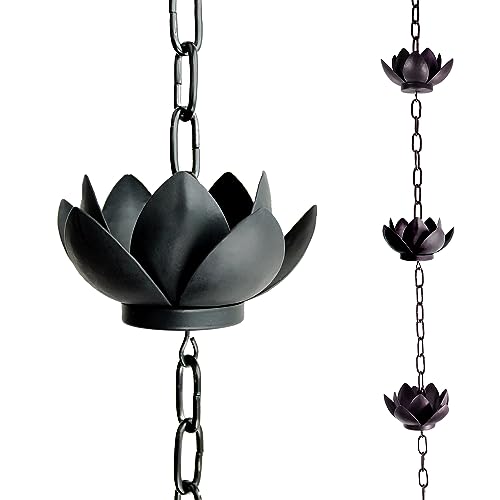Rain chain mistakes – 5 errors to avoid when fitting and maintaining a decorative gutter chain
How to avoid these common rain chain pitfalls to ensure effective and safe rainwater harvesting

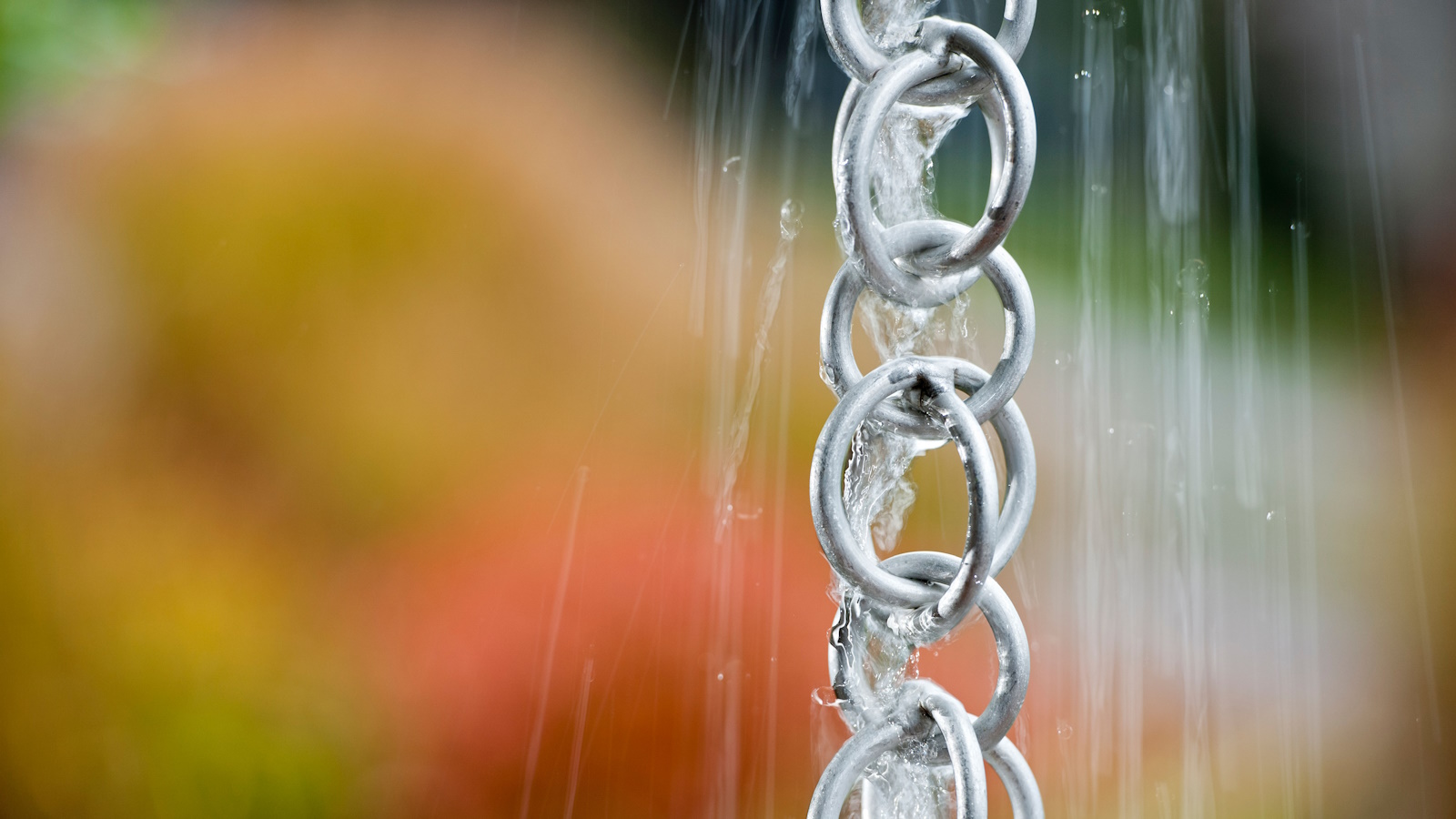
If you love adding Japanese-inspired elements to your garden, or have ambitions to improve rainwater harvesting in your yard, installing a rain chain is probably high on your list of fall gardening jobs.
As simple as these decorative rainwater chains are, there are several key rain chain mistakes to avoid when choosing, installing and maintaining a gutter chain. Some styles do a better job than others, for instance. Cup-style chains are great at catching and directing water. They slow things down, making them perfect for heavy rainfall or when you want to guide water to a specific spot, and might be a better choice than a simple link chain in some climates.
We've gathered some expert advice to help identify potential rain chain mistakes and how to avoid making them, so that you can enjoy these beautiful garden features and the gentle sound of rainwater without any worry.
1. Incorrect installation of a rain chain
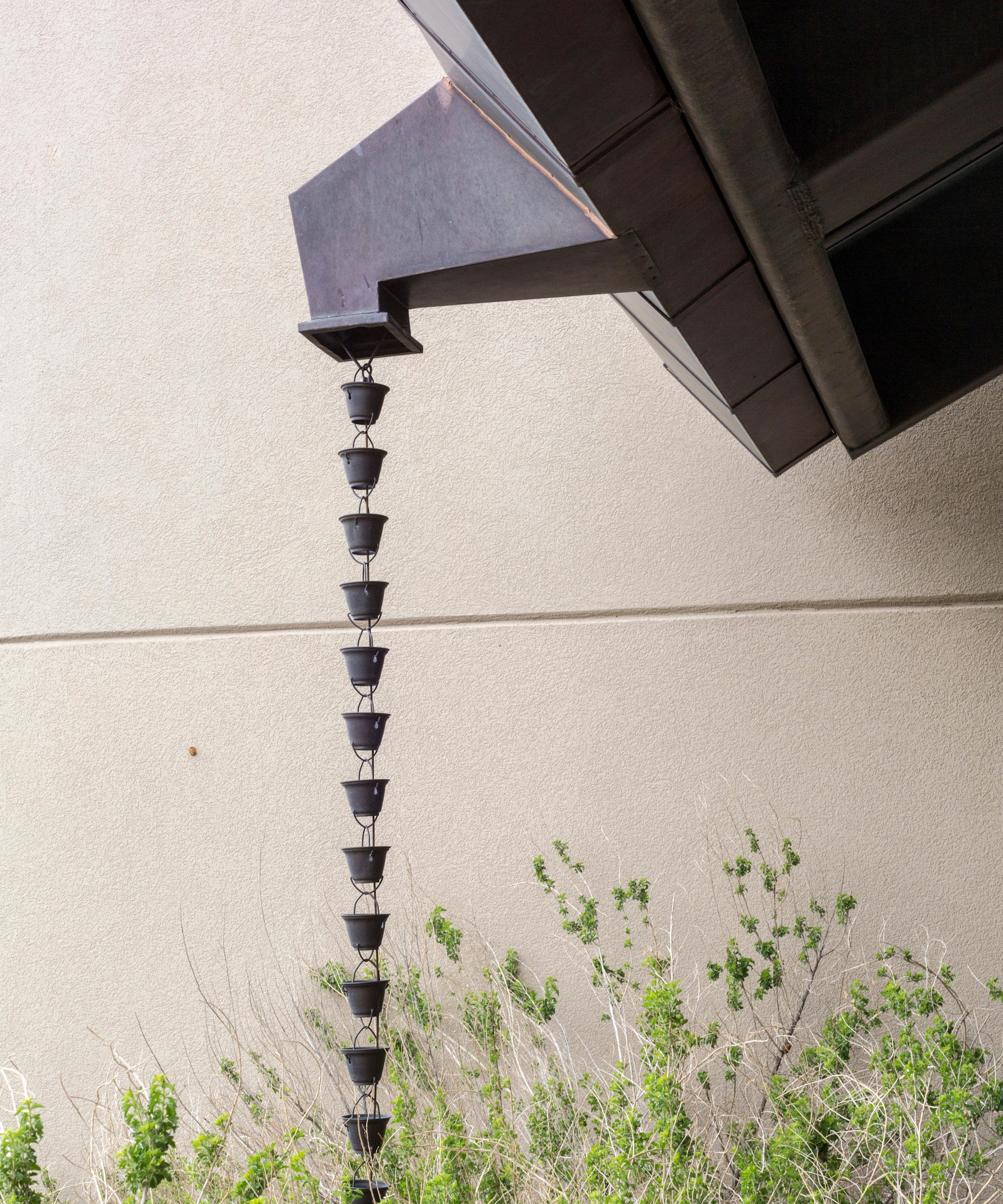
If a rain chain is not installed correctly it can cause drainage issues, which is the opposite of what you want it to do.
'When a rain chain isn’t installed right, water pools in places it shouldn’t, and that can lead to serious issues,' explains landscape designer Nisha Maxwell. 'The last thing you want is water creeping toward your foundations or flooding your landscaping. It’s all about guiding that flow where it belongs.'
Rain chains are designed to replace traditional downspouts. On paper, they look very easy to install, but if they are not securely and properly connected, it could cause potential damage to your guttering. You can purchase rain chain adaptors, such as this one from Amazon, which help to ensure your rain chain is secure. Some rain chains sets include the adaptors, so check before you order depending on which design you want to go for.
2. Not anchoring a rain chain at the base
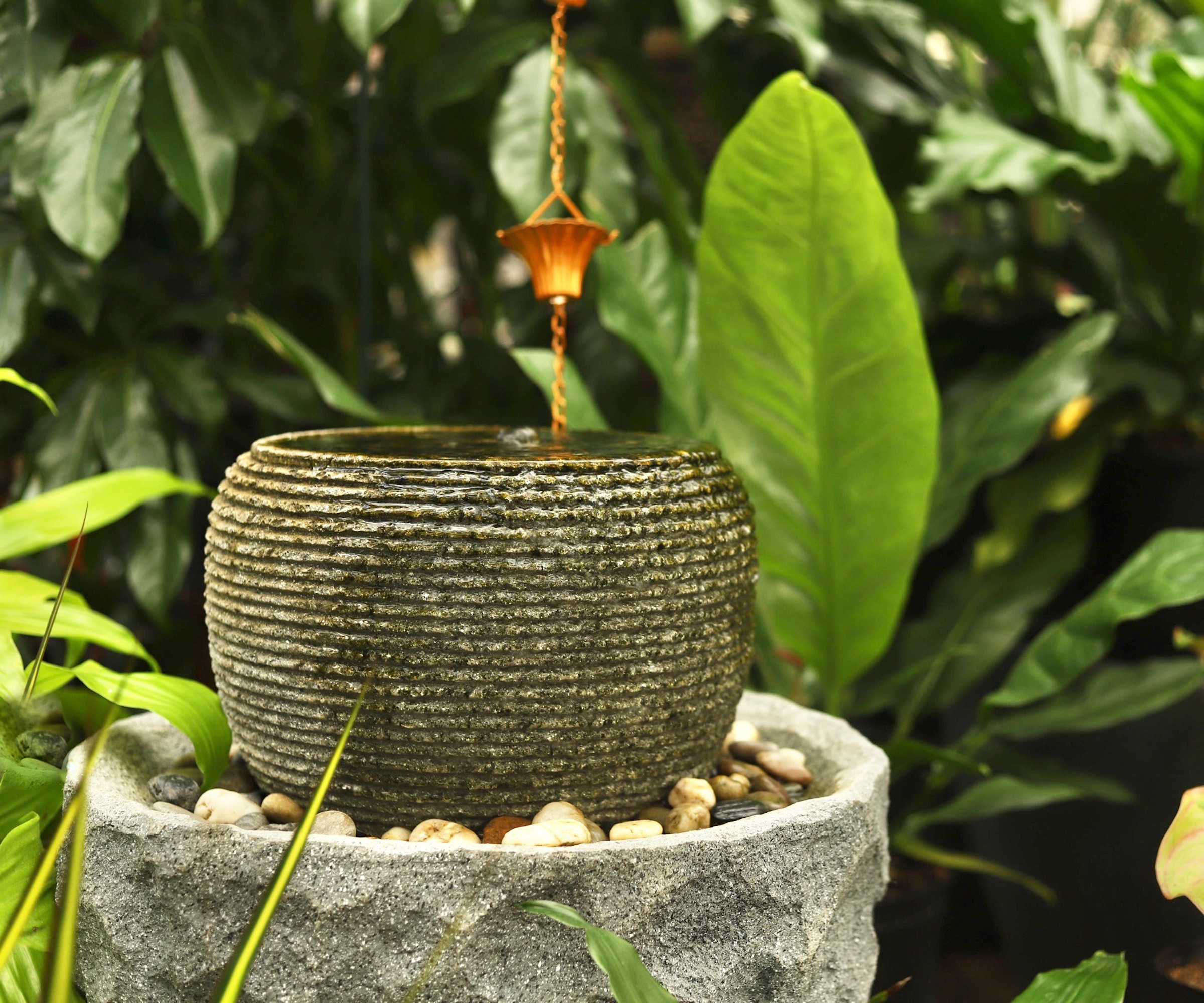
Always anchor your rain chain to prevent it from moving around in high wind and bad weather, and to make sure water flows down it correctly.
Design expertise in your inbox – from inspiring decorating ideas and beautiful celebrity homes to practical gardening advice and shopping round-ups.
'If the chain isn’t anchored, it’ll move all over the place in a storm, pulling on your gutters and eventually causing damage,' says Nisha. 'A stable rain chain does its job, and pairing it with a base, like a rain garden or stones, adds a little extra support and style.
'The base is key. Gravel, stones, or a rain garden will help slow the flow of water and prevent soil erosion,' she adds.
There are lots of ways you can anchor your rain chain. Decorative pebbles, or this vintage-style copper basin, available from Amazon, would create a stylish feature.

Nisha Maxwell is a landscape designer, desert farmer, and horticulturalist based in Joshua Tree. Nisha holds a Permaculture Design Certificate, certified by Permaculture Institute of North America through Oregon State University with Andrew Millison, and is a certified producer for vegetables and microgreens in Los Angeles and San Bernardino County.
3. Installing a rain chain that is too short for your property
If you have chosen the perfect spot for your rain chain to go, remember to measure the distance from the gutter to the ground to make sure your rain chain is going to be long enough. If it is too short, you can buy extra links to create greater length.
'A rain chain that’s too short won’t guide the water far enough away from your home, leaving you with splashes and potential puddles,' warns Nisha Maxwell. 'If it’s not the right fit, extend it. Add some decorative elements and make sure the water reaches something useful that’s waiting to soak it all in.'
4. Neglecting to place a water butt or barrel at the end of a rain chain

Nisha says having nothing at the base of a rain chain is 'a missed opportunity'.
'It is like setting things in motion with no plan for the result. You need something - whether it’s a water butt, basin, or a beautiful rain garden - to manage that water and put it to good use. It’s about being intentional with the outcome.'
There are lots of ways to capture the water coming off your rain chain, including a rain barrel, such as this one with a tap from Amazon, water butt, a fountain, or by directly channeling the water away from the base and into a rain garden or a bed of moisture-loving plants.
If you want to be super sustainable, you could even have a go making your own rain barrel.
5. Installing a rain chain that is too light
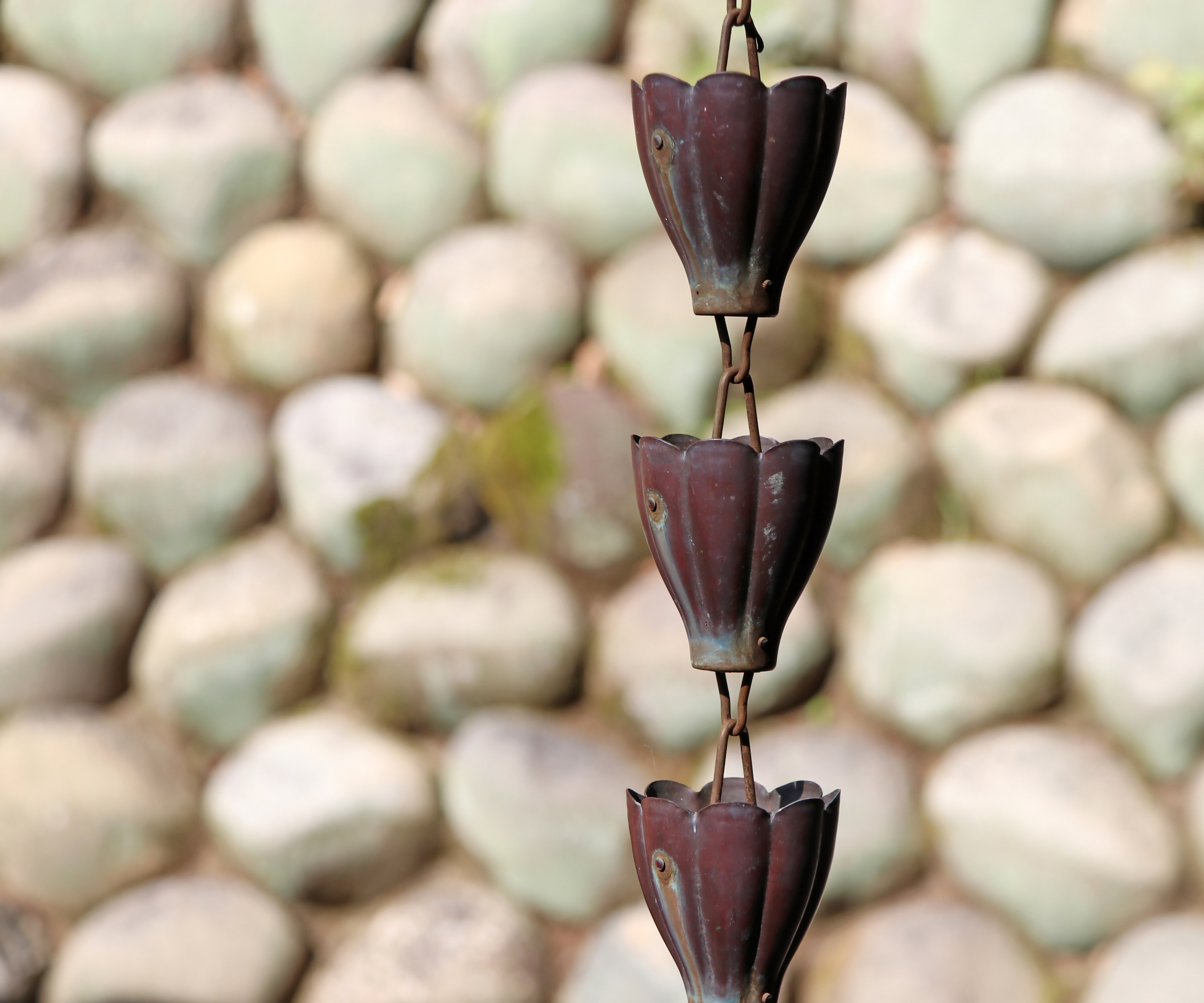
Light chains are a common mistake. They tend to sway in the wind and are not as good at directing water properly as a heavier chain.
Heavier chains are usually more decorative, featuring cups in the forms of flowers or umbrellas, which help to slow the flow of water better than a simple link chain.
However, it is also wise to think about what happens to a rain chain in winter. If you choose to leave your rainwater chain in place over winter, it could freeze - adding a lot more weight to an already heavy chain. One solution could be to always remove your chain during the winter months, to be sure no damage can be done to your existing guttering or roof.
Shop rain chains
Rainwater harvesting is just one way you can reduce water wastage in your yard. Other ideas might be to install a drip irrigation system or choose drought-tolerant plants that don't require as much watering in the summer months.
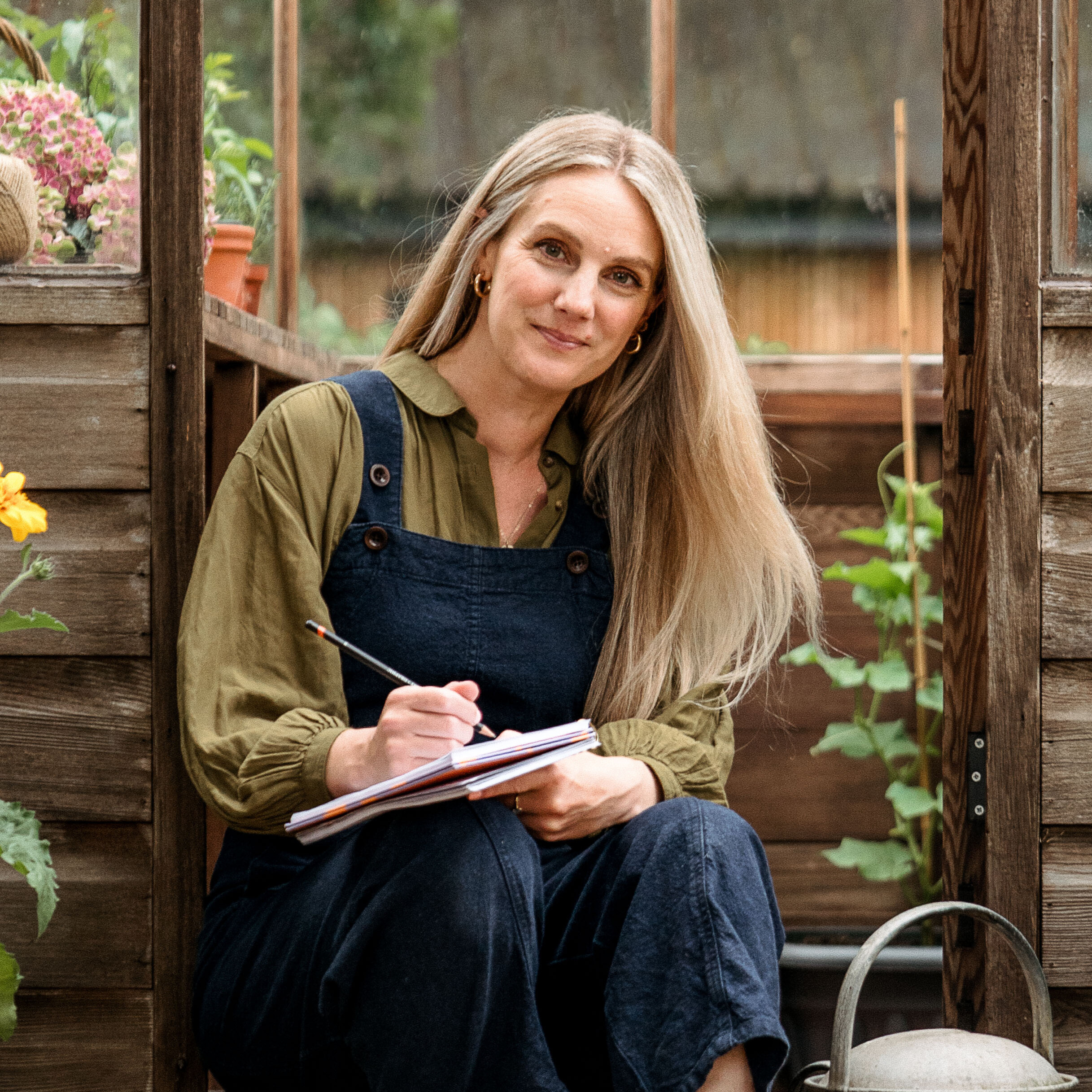
Rachel is a gardening editor, floral designer, flower grower and gardener. Her journalism career began on Country Living magazine, sparking a love of container gardening and wild planting. After several years as editor of floral art magazine The Flower Arranger, Rachel became a floral designer and stylist, before joining Homes & Gardens in 2023. She writes and presents the brand's weekly gardening and floristry social series Petals & Roots. An expert in cut flowers, she is particularly interested in sustainable gardening methods and growing flowers and herbs for wellbeing. Last summer, she was invited to Singapore to learn about the nation state's ambitious plan to create a city in nature, discovering a world of tropical planting and visionary urban horticulture.
